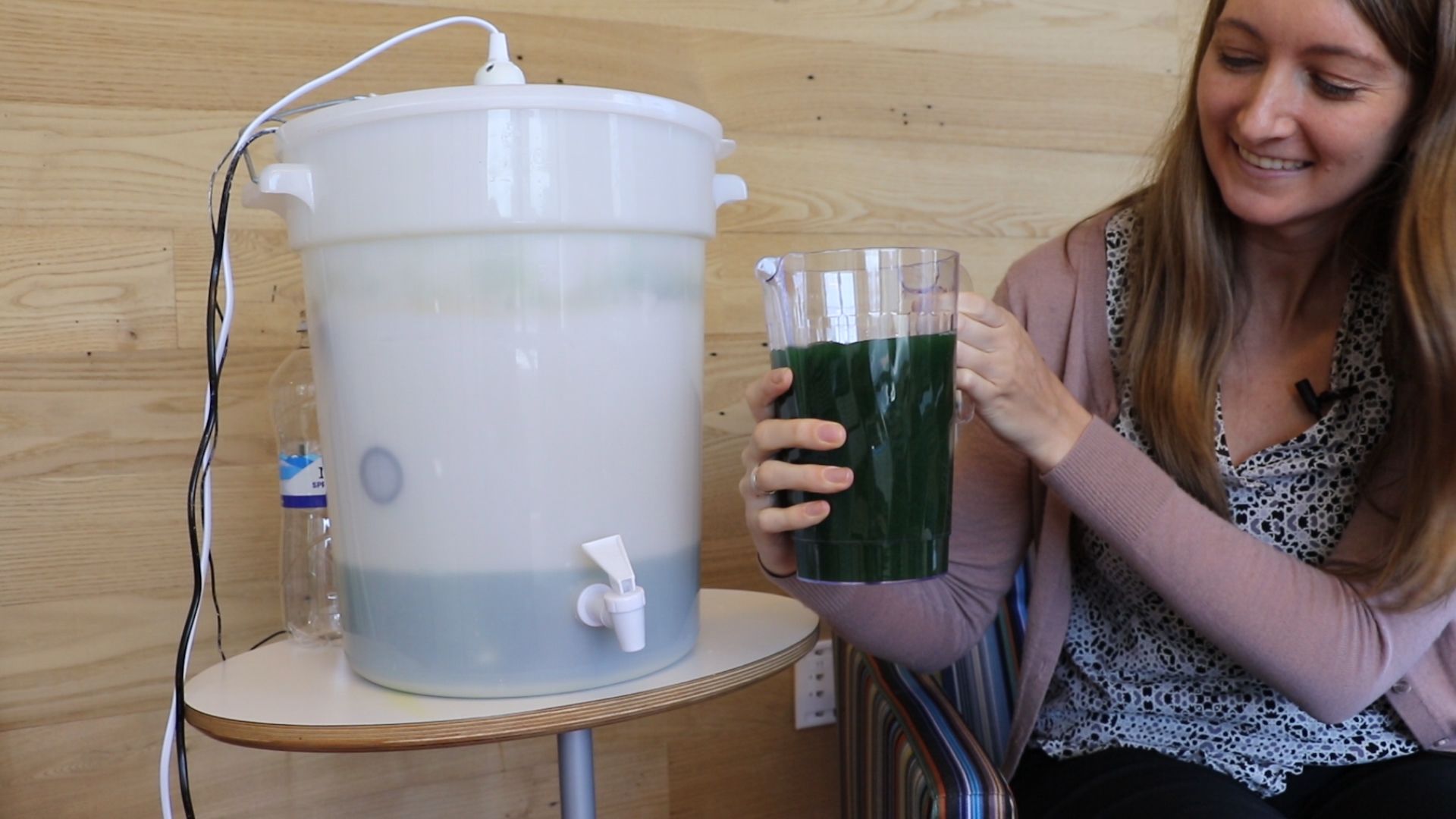We Grew Algae and Asked Spectrum Editors to Taste It
Algae could be the environmentally-friendly superfood we've all been waiting for. But will anyone actually eat it?

When was the last time you sipped algae? Chances are, you’ve never done that. But while working on a special report about potential climate-saving technologies, IEEE Spectrum decided to try to grow Spirulina, which proponents have pitched as a sustainable food, in a five-gallon plastic bucket in a back room of our New York City office over the course of six weeks.
The point was to not only explore algae’s ability to reduce carbon dioxide emissions and serve as a stupendous source of vegetable protein—two topics addressed in “New Tech Could Turn Algae Into the Climate’s Slimy Savior”—but to also figure out whether anyone would actually eat the stuff. Though the majority of algae grown by humans is cultivated in large farms to be dried or added to processed foods, a company called Spira sells a home-growing kit (which we bought) to encourage people to harvest and eat fresh algae every day.
We originally thought this humble experiment would take between 10 days and 2 weeks, but growing algae wasn’t as straightforward as we’d hoped. After replacing an LED light, pouring in liberal amounts of baking soda, carefully adding iron droplets, and starting over when we accidentally killed it—we finally harvested our first batch. Then, we asked Spectrum editors if they’d be willing to drink it, for the planet’s sake.